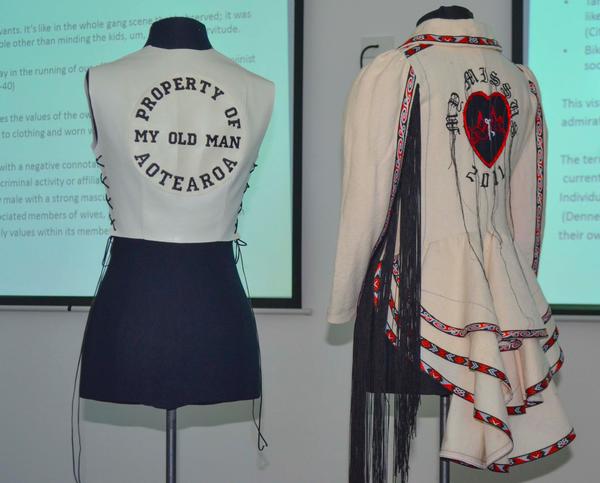Research key in teaching success
Wednesday 25 June 2014, 12:13PM
By Toi Ohomai Institute of Technology
1101 views

It’s no surprise that great teachers help to create great students. In fact, many researchers believe that teachers matter more to student achievement than any other aspect of schooling – both at primary, secondary and tertiary levels.
At Bay of Plenty Polytechnic, the success of our students is paramount and we ensure our teachers and our teaching practices are some of the best in the country.
Research is one way of ensuring our teaching staff are up-to-date with the latest knowledge and practices. It’s an inherent part of the teaching practice at the Polytechnic – high quality teaching sits alongside high quality research.
Teachers who are researchers bring to the modern classroom not only up-to-the-minute research from their discipline, but an understanding of the search for knowledge and an authentic thrill for discovery.
Last week, researchers across the Polytechnic were able to come together to share their latest findings and research practice as part of the 4th Curiosity Research Symposium at the Windermere Campus.
The annual event provided an opportunity for cross-organisational sharing in areas as diverse as online learning, Tūhua Marine Reserve monitoring, contemporary Aotearoa wedding gowns, social-linguistic practices for teaching English writing and lots more.
Keynote speaker Penelope Jackson, Tauranga Art Gallery Director, presented a thought provoking look at the complexities around the work of celebrated New Zealand artist Charles Goldie OBE (1870 – 1947). Her account of the historical aspects of New Zealand’s art crime surprised more than one delegate.
Penelope further explored the complexities around art crime in relation to Goldie, in particular ‘the other Goldie’, Karl Feodor Sim. He was a master copycat and much of his art has ended up in our modern collections. In the end he even took to changing his name to ‘Goldie’ in order to legitimately sign his paintings.
Penelope described her area of research as an underground world – “the dark side to art history” saying “art crime is a dirty word among historians”. She also raised a number of interesting questions regarding copyright within art and expressed her support for a public art policy in Tauranga.
Reflecting the changing face of education, Lynette Steele, Group Leader Legal Studies at the Polytechnic, presented her research on sustaining successful online programmes. Based on the award-winning presentation she gave in Dubai earlier this year, Lynette shared the creativity and innovation needed for continued success in the online learning space.
Lynette shared the work she and her team had completed, which focused on ensuring online programmes not only offered flexibility but good completion outcomes with clearly defined learning objectives.
“We have done that by offering very structured learning whereby students have activities to complete every week,” said Lynette. “The programmes are cohort based so students can interact with peers. Adobe connect tutorials are held at a specific time where students can attend online and see all faces (students and tutor) – it’s essentially a virtual classroom.”
Creative industries tutor and fashion designer Donna Dinsdale delved into some uncomfortable areas with her research on wedding dresses. She focussed her research and design in New Zealand and included many aspects of our multi-cultural society, producing four different styled wedding dresses.
The first part of her journey involved gangland associations and what a wedding dress would represent within this culture. Her resulting wedding jacket called ‘My Missus’ was all about the brand of the gang, evident in both the waistcoat and jacket.
“Branding is about the man putting his stamp on the female,” said Donna. This was also evident in the name of her waistcoat ‘Property of my old man’.
A favourite with the audience was her ‘Tiki’ wedding gown which moved towards the lines of fantasy. Designed through a case study with her fashion design students, the gown was based on the premise ‘if you could choose your own wedding dress, what would it look like and what would it symbolise?’ The beautifully designed dress was a work of art with so many layers of different materials, organza, hand-painted material and a ‘blingy’ Tiki – the whole piece looking contemporary, blended with an element of make-believe.
A total of ten diverse presentations throughout the day kept the audience enthralled and excited to see the quality of research. Dr Heather Hamerton, Research Manager at the Polytechnic said “what a wonderful opportunity to showcase such a wide range of the different kinds of research our staff are involved in.”